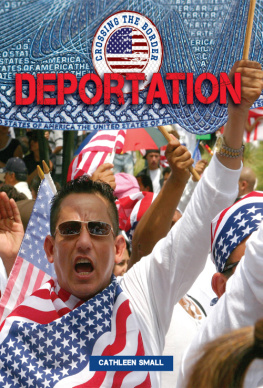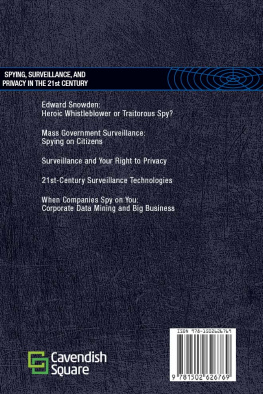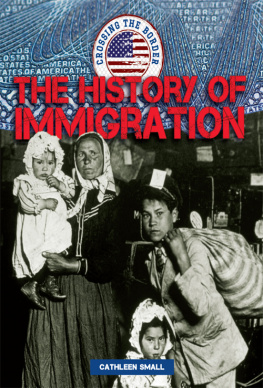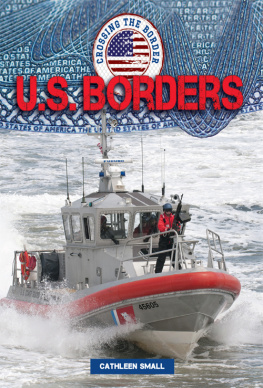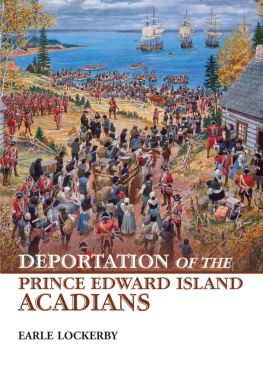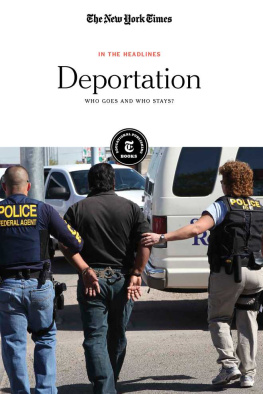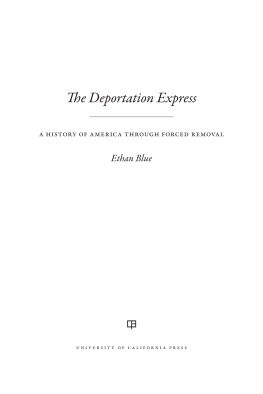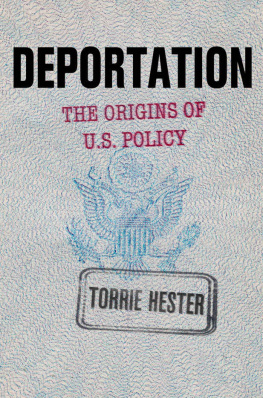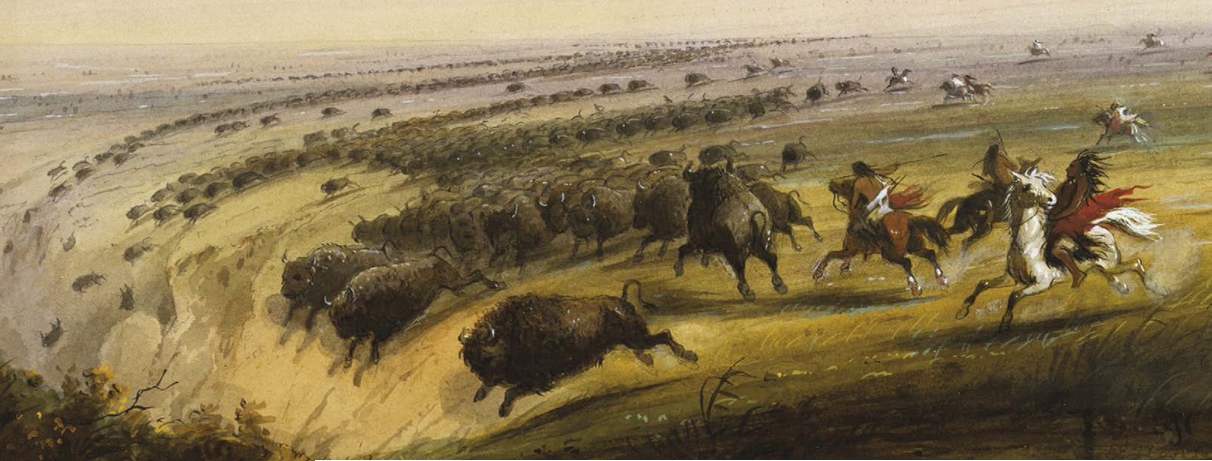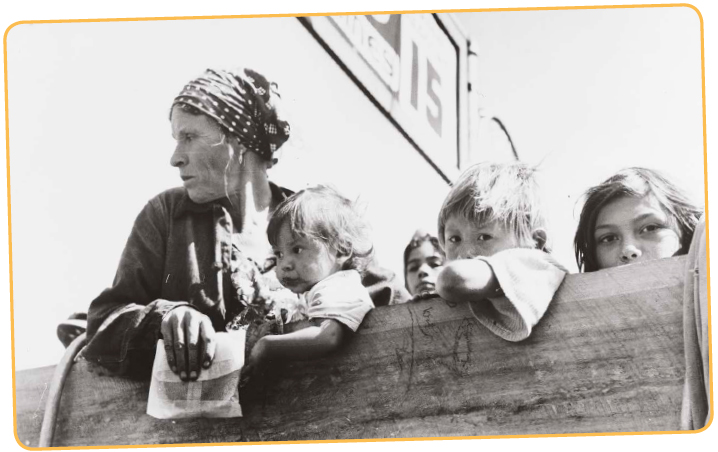Published in 2018 by
Lucent Press, an Imprint of Greenhaven Publishing, LLC
353 3rd Avenue
Suite 255
New York, NY 10010
Copyright 2018 Lucent Press, an Imprint of Greenhaven Publishing, LLC.
All rights reserved. No part of this book may be reproduced in any form without permission in writing from the publisher, except by a reviewer.
Produced for Lucent by Calcium
Designer: Jeni Child
Picture researcher: Rachel Blount
Editors: Sarah Eason and Nancy Dickmann
Picture credits: Cover: Shutterstock: Vinokurov Kirill (top), Mark Scott Spatny (main); Inside: Shutterstock: Alexandre17 26, Antoniodiaz 37, Anthony Correia 57, Danielfela 40, Evan El-Amin 13, 53, ESB Professional 44, Everett Historical 1415, 16, 17, 1819, 20t, 2021b, 22, 23, Blaj Gabriel 47t, Gila Photography 24, Glazok90 45, Thomas Koch 49, Bill Lawson 5051, David Litman 55, Merzzie 47b, Christopher Penler 61, Alexander Raths 11b, Rawpixel.com 3031, Rena Schild 2829, 48, Joseph Sohm 32, Ken Tannenbaum 12, Melih Cevdet Teksen 41, Wavebreakmedia 3637, 39, Chad Zuber 4243; Wikimedia Commons: 8, Russell Lee, Farm Security AdministrationOffice of War Information Photograph Collection, Library of Congress 7, Alfred, Jacob Miller/Walters Art Museum 45, National Park Service, U.S. Dept. of the Interior 11t, Gerald L. Nino, CBP, U.S. Dept. of Homeland Security 35, Aaron Tang 5859, James Anthony Wills 9.
Cataloging-in-Publication Data
Names: Small, Cathleen.
Title: Deportation / Cathleen Small.
Description: New York : Lucent Press, 2018. | Series: Crossing the border | Includes index. Identifiers: ISBN 9781534562257 (library bound) | ISBN 9781534562264 (ebook) | ISBN 9781534562776 (paperback)
Subjects: LCSH: Illegal aliens--United States--Juvenile literature. | Illegal aliens--Government policy--United States--Juvenile literature. | Immigrants--United States--Juvenile literature.
Classification: LCC JV6483.S63 2018 | DDC 364.137--dc23
Printed in the United States of America
CPSIA compliance information: Batch #CW18KL: For further information contact Greenhaven Publishing LLC, New York, New York at 1-844-317-7404.
Please visit our website, www.greenhavenpublishing.com. For a free color catalog of all our high-quality books, call toll free 1-844-317-7404 or fax 1-844-317-7405.
CONTENTS
CHAPTER 1
The History of Deportation
CHAPTER 2
The History of Immigration Laws
CHAPTER 3
Fear of Deportation
CHAPTER 4
The Deportation Process
CHAPTER 5
Current Immigration Laws
CHAPTER 6
The Future of Immigration
Glossary
For More Information
Index
CHAPTER 1
THE HISTORY OF DEPORTATION
Wherever there is citizenship, there will naturally also be noncitizens. People who are living in a country where they do not hold citizenship can be deported and sent back to the country where they are citizens. But they are not the only ones who face deportation. Over the long history of the United States, many noncitizens have been deported, but United States citizens with ancestry in other countries have also faced deportation.
Americans: The Original Undocumented immigrants?
Some people argue that the first immigrants to come to North America illegally were the colonists, since they came from Europe and took land from the Native Americans. But others disagree, saying that Native Americans did not own land and had no centralized formal governmentthey resided in
North America, but anyone could reside there at that point.
Its an argument that is tough to answer. However, for legal purposes, most would say the first immigrants that technically came illegally did so after the first immigration laws were put in place. Interestingly enough, some of the earliest ones to immigrate illegally were actually Americans trying to move into what, at the time, was Mexicos territory.
Long before the colonists arrived from Europe, groups
The Story of Texas
Modern-day Texas is now an important part of the United States, but in the early 1800s it belonged to Spain. In 1821, Mexico won independence from Spain, and much of the territory that is now Texas became part of Mexico, called Mexican Texas.
At first, Mexico allowed U.S. citizens to immigrate to Mexican Texas. However, by 1834 there were nearly four times as many white settlers in the region as Mexican residents. Mexican authorities could see a potential problem developing, if they were outnumbered so heavily. They banned nearly all immigration from the United States in 1830, but that didnt stop some persistent settlers.
In 1830, a Mexican army officer named Colonel Jos de las Piedras reported that American citizens were trying to enter Mexican Texas near what is now Houston. He ordered them to leave the region, because they had no passports, but they talked him into letting them stay for 20 days to attend to business.
The American immigrants stayed and moved farther into Texas, enraging Colonel Piedras. He wrote, As they have come into this country contrary to law and have disrespected the authorities, I think they ought not to be admitted.
TERMINOLOGY
Undocumented immigrant, illegal alien, illegal immigrant, and unauthorized immigrant are all terms you may have heard, but what do they all mean? These terms all refer to someone living without authorization in a country that is not their country of citizenship. How they arrived in that country may vary, and the reasons why theyre undocumented may vary too. But the end result is the same: it is a person living without authorization in a country other than the one in which they hold citizenship.
Some people feel that the term illegal immigrant implies that the person has done something criminal. In reality, most undocumented immigrants have no criminal history and are simply living in the United States without authorization.
A Changing Situation
Since those early days, the situation has reversed. In the mid-nineteenth century, Americans were the ones pushing illegally into Texas. Today Mexican immigrants have long made up the biggest portion of the undocumented immigrant population in the United States.
At times, the U.S. government has been more or less accepting of this. They know that Mexican laborers contribute to the American economy when they accept agricultural and service-industry jobs that American citizens arent as likely to fill. But at times, suspicion and unrest among American citizens have led to worries about immigrantsand sometimes even mass deportations.
Mothers like this one with her children were deported during the Great Depression, when jobs were scarce for U.S. citizens.
Depression-Era Mass Deportation
One series of mass deportations took place in the 1930s and into the 1940s. During the 1930s, the Great Depression swept across the United States, leaving many people unemployed. Many American citizens worried that Mexicans were taking all the jobs. So governments created so-called repatriation campaigns, in which they would raid workplaces and public events and round up people of Mexican descent for deportation.
In the raids, government officials would pressure Mexicans and Mexican-Americans to leave the United States voluntarily. In Los Angeles, for example, social workers told Mexican-Americans receiving public assistance that they were going to lose their assistance and they should go to Mexico. The social workers would even provide tickets for the families to travel back to Mexico. In this way, a third of Los Angeles Mexican population left for Mexico between 1929 and 1944.

